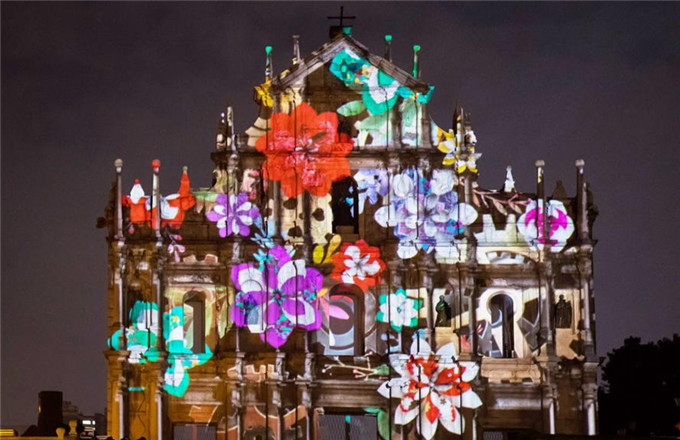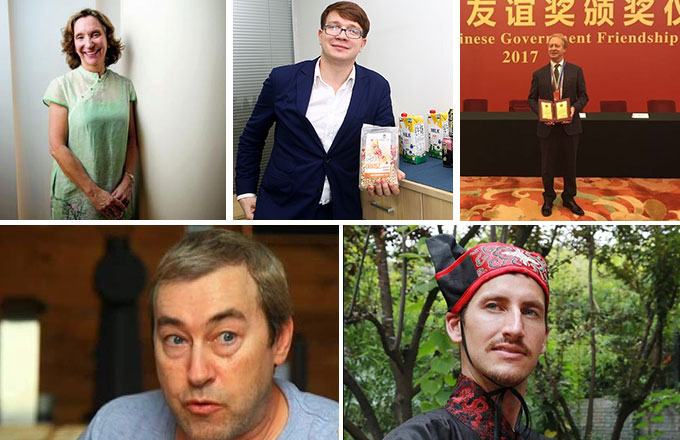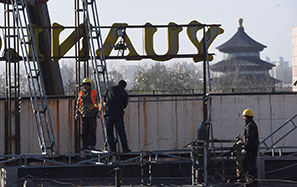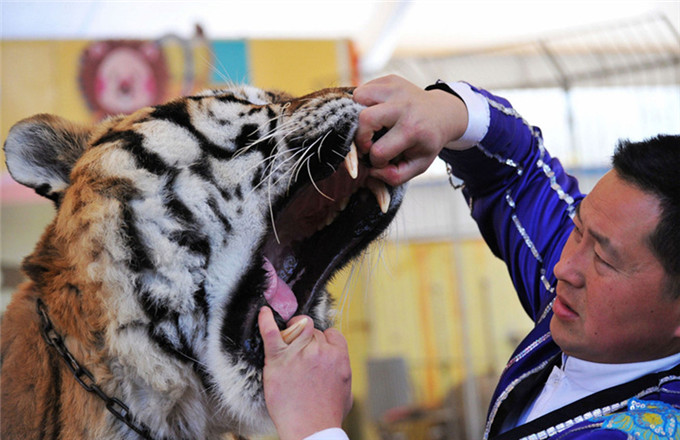Art and design lure tourists to Naoshima
I had just emerged from the gloom of a tree-lined approach, so the white stones that paved the courtyard seemed impossibly bright. Then, my eyes caught something unexpected: a flight of chunky glass steps, a very modern touch on a renovated shrine.
Encountering surprising and beautiful juxtapositions defined my visit to Japan's Naoshima, a small island that Pritzker Prize-winning architect Tadao Ando has helped transform into a destination for lovers of contemporary art and design.
My trip to Naoshima was something of an Ando pilgrimage. I'd admired the work of the Japanese-born, internationally known Ando at the Art Institute of Chicago, where he created a powerfully contemplative gallery for Japanese screens using simple pillars and lines of light and shadow. My daughter came up with the phrase "art-itecture" during our visit to Naoshima because we focused so much of our attention on Ando's buildings, and less on the artworks they house.
For a 1989 festival, Ando designed a campground where the public could contemplate art and Naoshima's natural beauty. In 1992, an Ando-designed hotel-and-art complex opened, Benesse House. It's a dream come true for those of us who have always wanted to spend the night in a museum. I got a thrill passing one of Hiroshi Sugimoto's extraordinary photographs of theaters on my way to breakfast the two mornings I spent at Benesse House.
The hotel complex, which includes a seaside sculpture park, also is home to work by, among others, Jennifer Bartlett, Jonathan Borofsky, David Hockney, Bruce Nauman, Niki de Saint Phalle, Frank Stella and Andy Warhol. A giant spotted pumpkin by Yayoi Kusama that sits on a pier jutting into the Seto Inland Sea has become a mascot for the enterprise. Anyone can view the art, but hotel guests get after-hours access.
Over the next decades, Ando designed several more buildings for Naoshima, including additional suites of rooms for Benesse House, with the most exclusive connected to the main galleries by monorail.
Perhaps the most stunning of Ando's structures is the Chichu Art Museum, which opened in 2004. Chichu means underground, and the galleries are buried into a hillside so that they become part of the island's dramatic landscape. Yet the spaces are filled with natural light. A Claude Monet painting of water lilies hangs in a room over a floor of white-stone cubes that reminded me of the bright stones in the shrine courtyard elsewhere on the island. Chichu also houses installations by James Turrell and Walter De Maria.
In another Ando museum on Naoshima, dark hallways lead like journeys to the revelations contained in the precise paintings and bold stone and steel sculptures of Lee Ufan, who was born in South Korea and established himself as a leading figure in Japanese contemporary art.
Ando got a museum of his own on Naoshima in 2013. The architect set a concrete box inside a century-old house in Naoshima's Honmura area. The house literally and figuratively embraces exhibitions on Ando's work, which is rooted in the simplicity of traditional design and casts an admiring glance at ancient craftsmanship. The museum is a short bus or bike ride from Benesse House.
The Honmura neighborhood also is home to another Benesse initiative, the Art House Project launched in 1998. Artists have made galleries and installations out of abandoned homes, temples, a dentist's office and a hangout for players of the board game Go.
Benesse House is named for Japan's Benesse Corp, whose holdings include Berlitz, the language-education company. Benesse founder Tetsuhiko Fukutake bought land on Naoshima as a base to explore ideas about nurturing children and worked with locals on projects linking economic and cultural development. He died in 1985, but his son, Soichiro, a collector of contemporary art, took his father's vision further, saying in an online welcome message that the island is "a place where art is not experienced by studying set attitudes but appreciated on your own terms".
Naoshima is craggily scenic, and so densely forested that the trees and ferns compete with sand for footholds along the shore. Before it became an arts destination, its economy centered on salt, fishing and manufacturing.
The glass steps that caught my eye are part of an Art House Project renovation of an Edo period shrine by Sugimoto. The steps link the hilltop shrine to an underground stone chamber. The glass stairs echoed timber risers I occasionally saw dug into the surrounding hills to ease the way for pedestrians. More than occasionally, I spotted humble roadside Shinto shrines at which the faithful had left flowers and other offerings. Seeing them, it was easy to imagine the island and its art-itecture teeming with spirits.


















